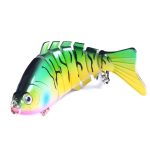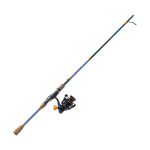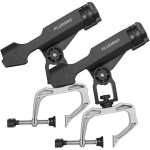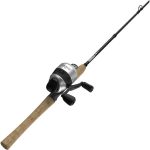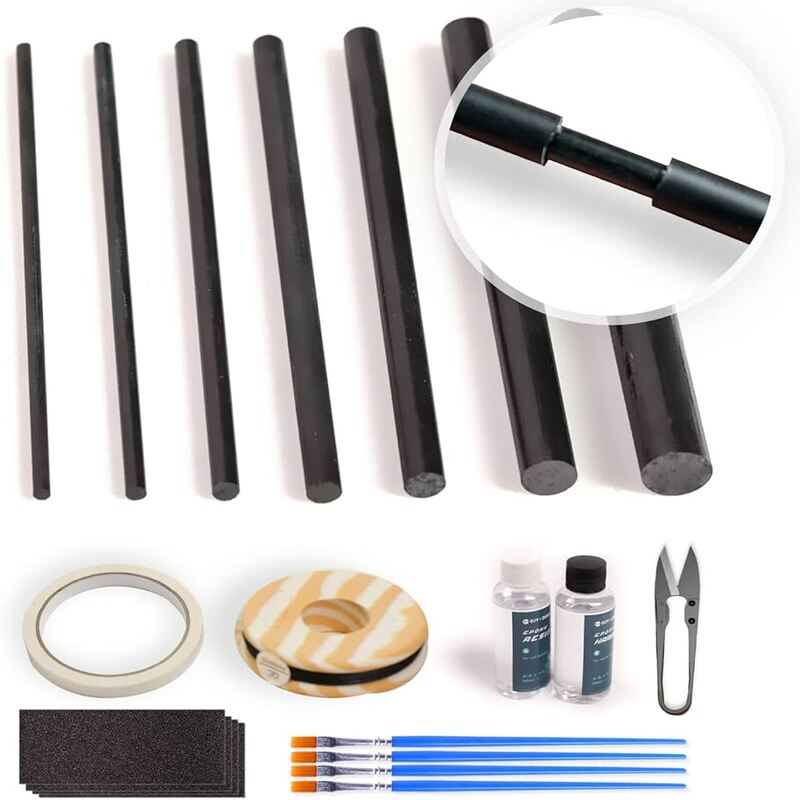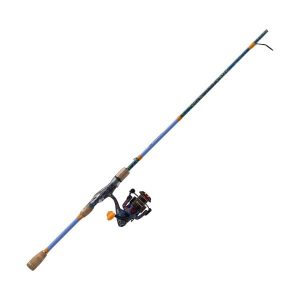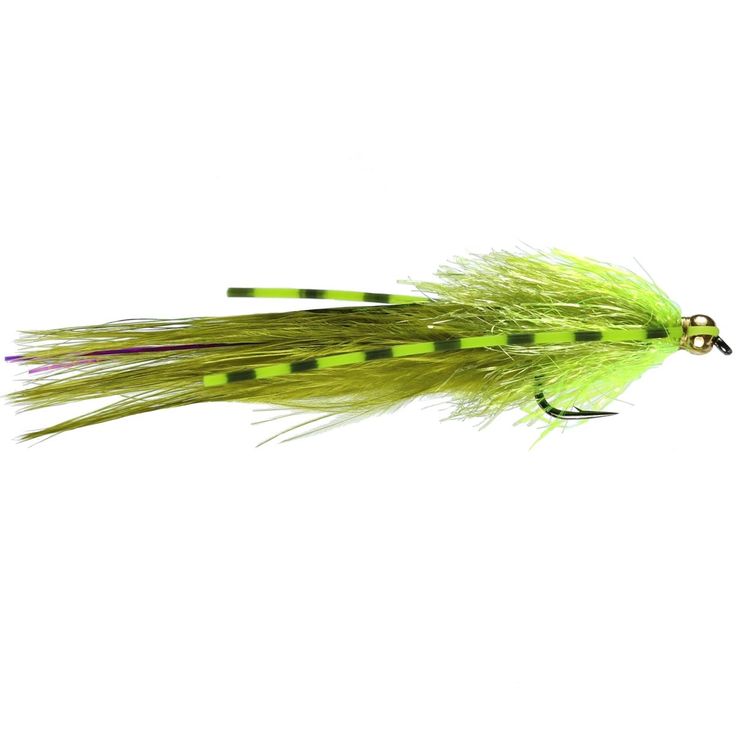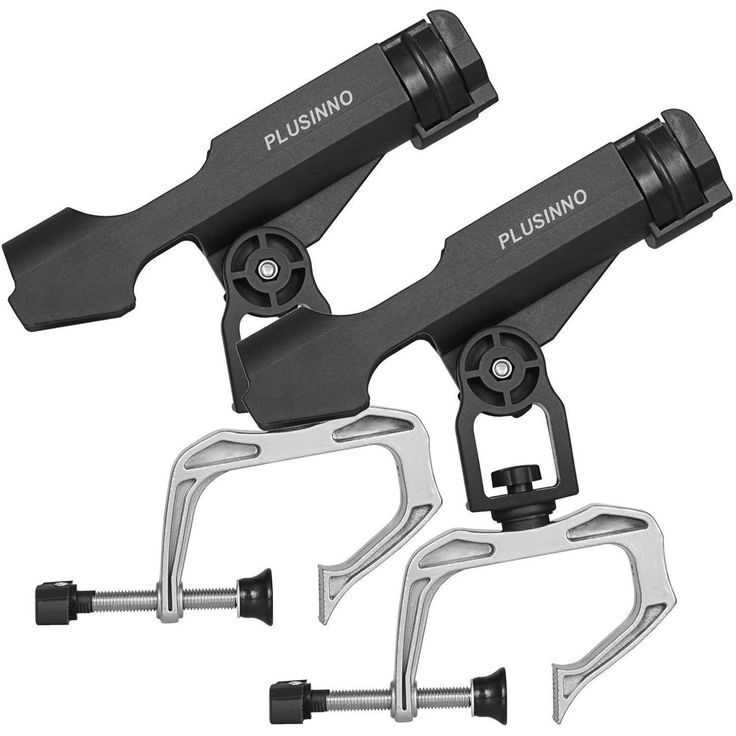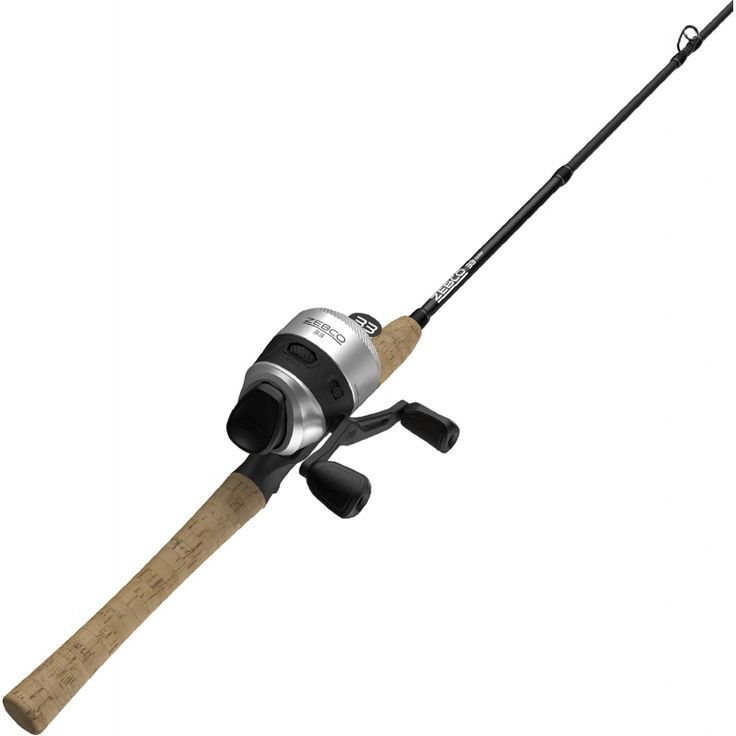Introduction
There’s a unique kind of peace found in the quiet hum of nature, the gentle sway of a fishing rod, and the anticipation of a tug on the line. However, this tranquil scene can quickly transform into a nightmare with a single, sickening crack – the unmistakable sound of a broken fishing rod. This unfortunate event, a rite of passage for many anglers, can bring your fishing trip to an abrupt and frustrating end. But fear not, fellow fishers, for a broken rod doesn’t have to signify the end of your angling adventures. This comprehensive guide will delve into the common causes of broken rods, explore ways to prevent such mishaps, offer tips on DIY repairs, and provide insights into choosing the perfect replacement rod.
Understanding the Break: Common Causes of Fishing Rod Failure
Before we dive into prevention and repair, it’s crucial to understand the enemy – the factors that can lead to a broken fishing rod. By understanding these common culprits, we can better equip ourselves to prevent such unfortunate incidents from occurring in the first place.
The High-Stress Situations:
- Overloading the Rod: One of the most frequent causes of rod breakage is exceeding the rod’s maximum line or lure weight recommendations. Just like lifting weights that are too heavy can strain your muscles, casting a lure that’s too heavy or battling a fish that’s too large can put excessive stress on your rod, potentially leading to a break. Always check your rod’s specifications and stay within the recommended limits.
- High-Impact Hooksets: While the thrill of a fish strike is undeniable, an overly aggressive hookset can spell disaster for your fishing rod. The sudden, forceful jerk can generate immense pressure, particularly on the weaker sections of the rod, increasing the risk of breakage. Opt for a smoother, more controlled hookset to protect your rod and improve your chances of landing the fish.
The Silent Stressors:
- Wear and Tear Over Time: Like any piece of equipment subjected to repeated stress, fishing rods experience wear and tear over time. Constant casting, retrieving, and battling fish can weaken the rod’s structure, making it more susceptible to breakage. Regularly inspecting your rod for any signs of damage, such as cracks, chips, or loose components, can help identify potential problems before they escalate.
- Improper Storage and Transportation: The way you store and transport your fishing rod plays a crucial role in its longevity. Storing your rod assembled, especially in areas with fluctuating temperatures or humidity, can weaken the rod’s materials and increase the risk of damage. Similarly, tossing your rod carelessly in the back of your truck or boat can lead to impacts that might compromise its integrity.
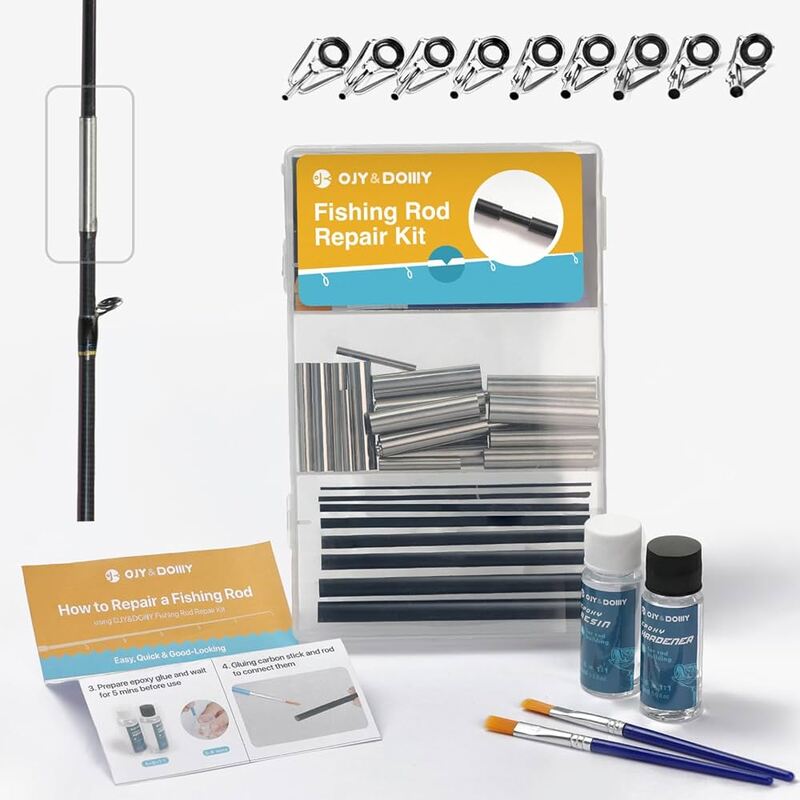
Preventing the Unthinkable: Tips for Prolonging Your Rod’s Life
The old adage “prevention is better than cure” holds particularly true in the world of fishing rods. By adopting a few preventative measures and incorporating them into your fishing routine, you can significantly reduce the likelihood of experiencing the heartbreak of a broken rod. Remember, a little care goes a long way in preserving your valuable fishing companion.
Handling with Care:
- Respecting the Rod’s Limits: As mentioned earlier, exceeding your rod’s weight limits is a surefire way to invite trouble. Always consult the manufacturer’s specifications and choose a rod that aligns with the type of fishing you intend to do and the size of fish you expect to encounter. Using the appropriate line and lure weights will ensure you’re not pushing your rod beyond its capabilities.
- Mastering the Art of the Hookset: While a powerful hookset might seem impressive, a smoother, more controlled technique is far more effective and rod-friendly. Instead of a forceful jerk, aim for a firm, upward sweep of the rod while simultaneously reeling in the slack line. This approach will set the hook securely without putting undue stress on your rod.
Storage and Transport Savvy:
- Disassemble and Protect: Whenever possible, disassemble your fishing rod after each use, particularly the two-piece and four-piece models designed for easy transport. Store the rod sections in a protective case or rod sleeve to prevent scratches, dents, and accidental impacts. This simple step can significantly extend the life of your rod.
- Temperature and Humidity Control: Extreme temperatures and humidity fluctuations can wreak havoc on the materials used in fishing rods, particularly graphite and fiberglass. Store your rods in a cool, dry place, away from direct sunlight, heaters, or air conditioning vents. A climate-controlled environment is ideal, especially for long-term storage.

Salvaging the Situation: Exploring DIY Fishing Rod Repair
Despite your best efforts at prevention, accidents can still happen. If you find yourself staring at a broken fishing rod, don’t despair just yet. Depending on the severity and location of the break, a DIY repair might be possible, allowing you to salvage your trusty fishing companion and get back on the water.
Assessing the Damage:
- Location, Location, Location: The location of the break plays a crucial role in determining the feasibility of a repair. Breaks near the tip, while frustrating, are generally easier to fix. Breaks closer to the handle or in the middle of a rod section present a greater challenge and might require more specialized tools and expertise.
- Cleanliness is Key: Before attempting any repair, ensure the broken area is clean and dry. Any dirt, grime, or moisture can interfere with the bonding agents used in the repair process and compromise the strength of the fix.
Common Repairs:
- Tip Repair for Minor Breaks: For breaks near the tip, a simple tip repair kit can be a lifesaver. These kits typically include a replacement tip, adhesive, and instructions. Carefully follow the instructions, ensuring the replacement tip is properly aligned and securely bonded to the remaining rod section.
- Ferrule Replacement for Loose Connections: If the break occurs at a ferrule, the joint where two rod sections connect, a ferrule replacement might be necessary. This involves removing the damaged ferrule and replacing it with a new one of the same size and type. Specialized tools might be required for this repair.
Moving On: Choosing the Perfect Replacement Fishing Rod
Sometimes, despite your best efforts at repair, a broken fishing rod is simply beyond saving. While bidding farewell to a trusted fishing companion can be tough, it also presents an opportunity to explore the latest advancements in fishing rod technology and find a worthy replacement that will serve you well for years to come.
Factors to Consider:
- Fishing Style and Target Species: Different fishing styles and target species require different rod actions, lengths, and power ratings. Consider the type of fishing you primarily engage in, whether it’s casting lures for bass, trolling for salmon, or fly fishing for trout, and choose a rod specifically designed for that purpose.
- Rod Material and Construction: Fishing rods are typically made from graphite, fiberglass, or a composite of both materials. Graphite rods are known for their sensitivity, lightweight design, and fast action, while fiberglass rods offer durability, affordability, and a more moderate action. Composite rods combine the benefits of both materials.
- Budget and Personal Preference: Fishing rods come in a wide range of prices, so it’s essential to set a budget before you start shopping. Consider factors like rod features, brand reputation, and your own personal preferences when making your final decision. Don’t be afraid to ask for recommendations from experienced anglers or visit a reputable tackle shop for expert advice.
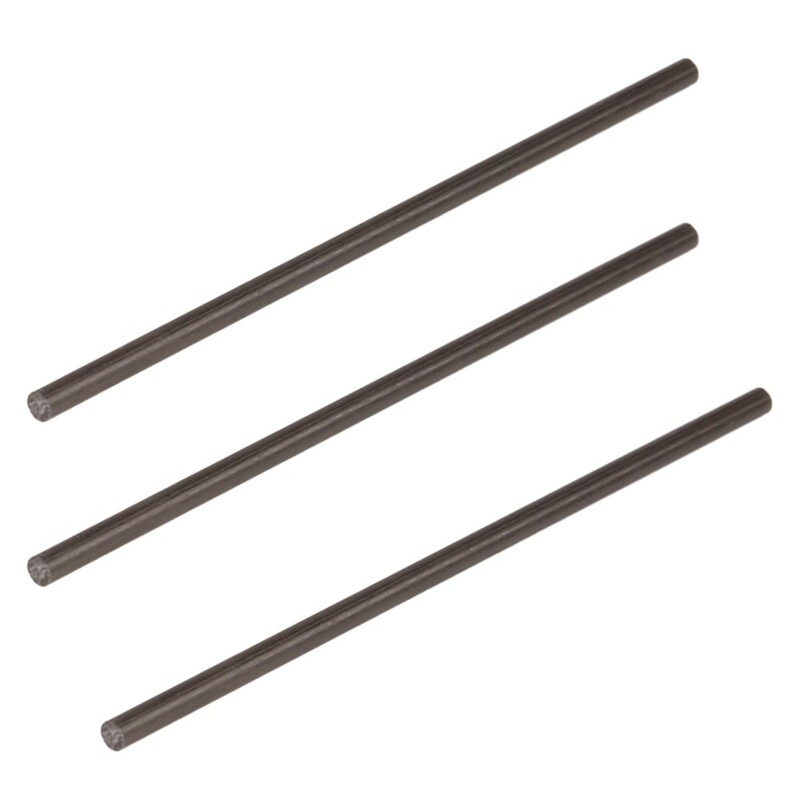
Conclusion: Embracing the Journey of Fishing Rod Ownership
A broken fishing rod, while undoubtedly a frustrating experience, is often an unavoidable part of an angler’s journey. By understanding the common causes of rod breakage, adopting preventative measures, exploring DIY repair options, and knowing how to choose the right replacement, you can turn a potentially trip-ending mishap into a minor inconvenience. Remember, the true joy of fishing lies not just in the catch but in the entire experience – the serenity of nature, the thrill of the pursuit, and the camaraderie shared with fellow anglers. So, embrace the journey, respect your equipment, and keep those lines tight!

